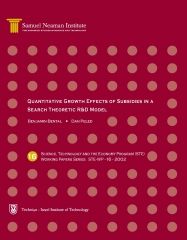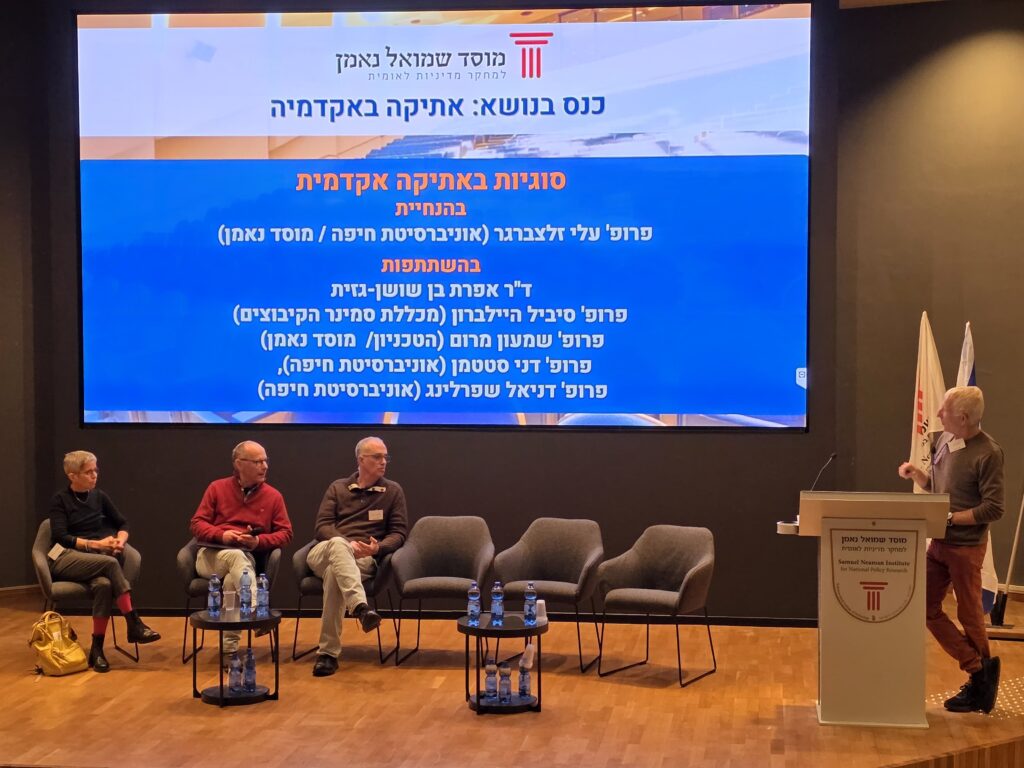Should government subsidize R&D and does it matter how these subsidies are allocated? We examine these questions in a dynamic model where R&D is described as sequential sampling from a distribution of new ideas. Successful discoveries affect future available resources and incentives for further R&D.
Consequently, there may be under-investment in R&D. We study the effect of government interventions aimed at fostering growth through R&D. Calibrating the model with aggregate data from the Israeli business sector allows us to quantitatively compare two forms of support resembling those actually used to encourage R&D in the Israeli business sector: (i) an unrestricted subsidy that may be used at the recipients’ discretion to finance R&D or other investments, (ii) a subsidy earmarked by the government for R&D activities only.
While there is no theoretical way to determine which of the two subsidies will have a greater impact on search for new ideas and growth, we find that in the calibrated economy both subsidies have a significant but similar impact on the economy’s output and TFP growth rates. Accordingly, in the case of the Israeli business sector, the incentives to conduct R&D were sufficiently strong, and no R&Dspecific encouragement was needed. However, a sensitivity analysis reveals that for economies characterized by other parameter values this result may not be true.












